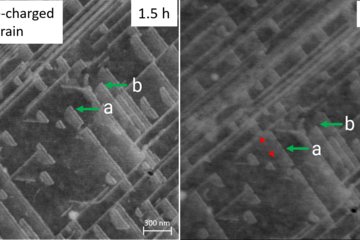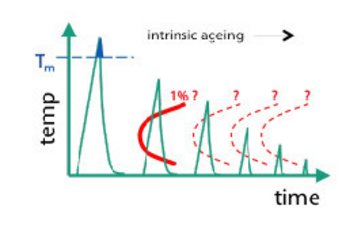All genres
1.
Journal Article
Effects of Cr/Ni ratio on physical properties of Cr–Mn–Fe–Co–Ni high-entropy alloys. Acta Materialia 227, 117693 (2022)
2.
Journal Article
High-entropy alloys. Nature Reviews Materials 4, pp. 515 - 534 (2019)
3.
Journal Article
Magnetic properties of the CrMnFeCoNi high-entropy alloy. Physical Review B 96 (1), 014437 (2017)
4.
Journal Article
On Local Phase Equilibria and the Appearance of Nanoparticles in the Microstructure of Single-Crystal Ni-Base Superalloys. Advanced Engineering Materials 18 (9), pp. 1556 - 1567 (2016)
5.
Journal Article
Decomposition of the single-phase high-entropy alloy CrMnFeCoNi after prolonged anneals at intermediate temperatures. Acta Materialia 112, pp. 40 - 52 (2016)
6.
Thesis - PhD
Al-rich Fe–Al based alloys: Phase equilibria, microstructures, coarsening kinetics and mechanical behavior. Dissertation, Fakultät für Maschinenbau, Ruhr-Universität Bochum, Bochum, Germany (2016)











